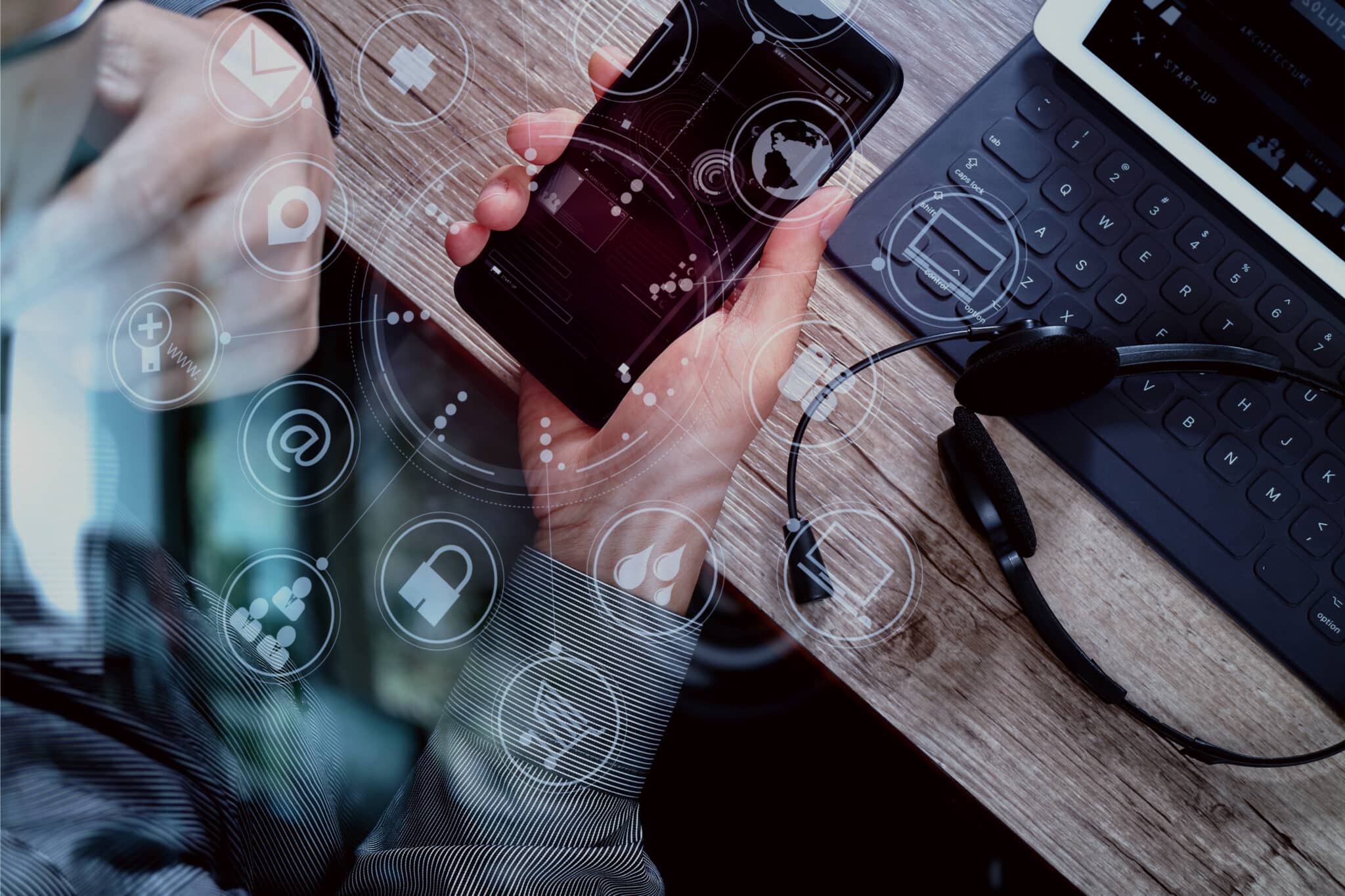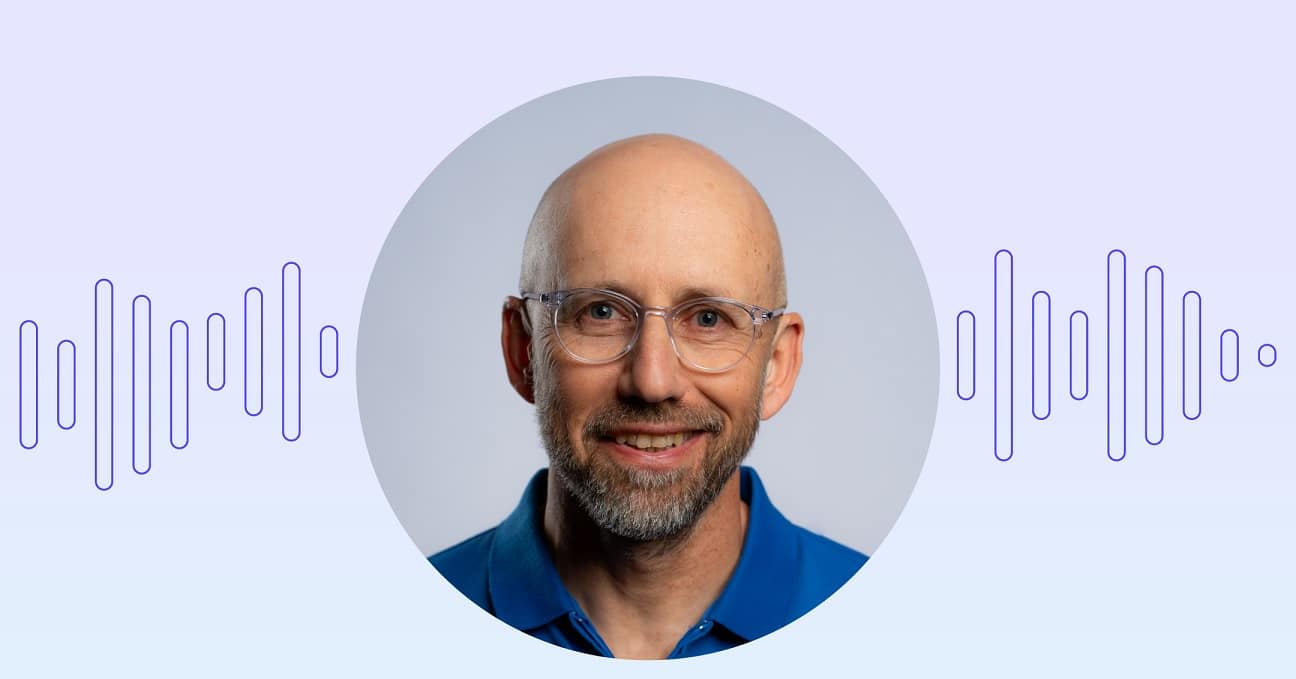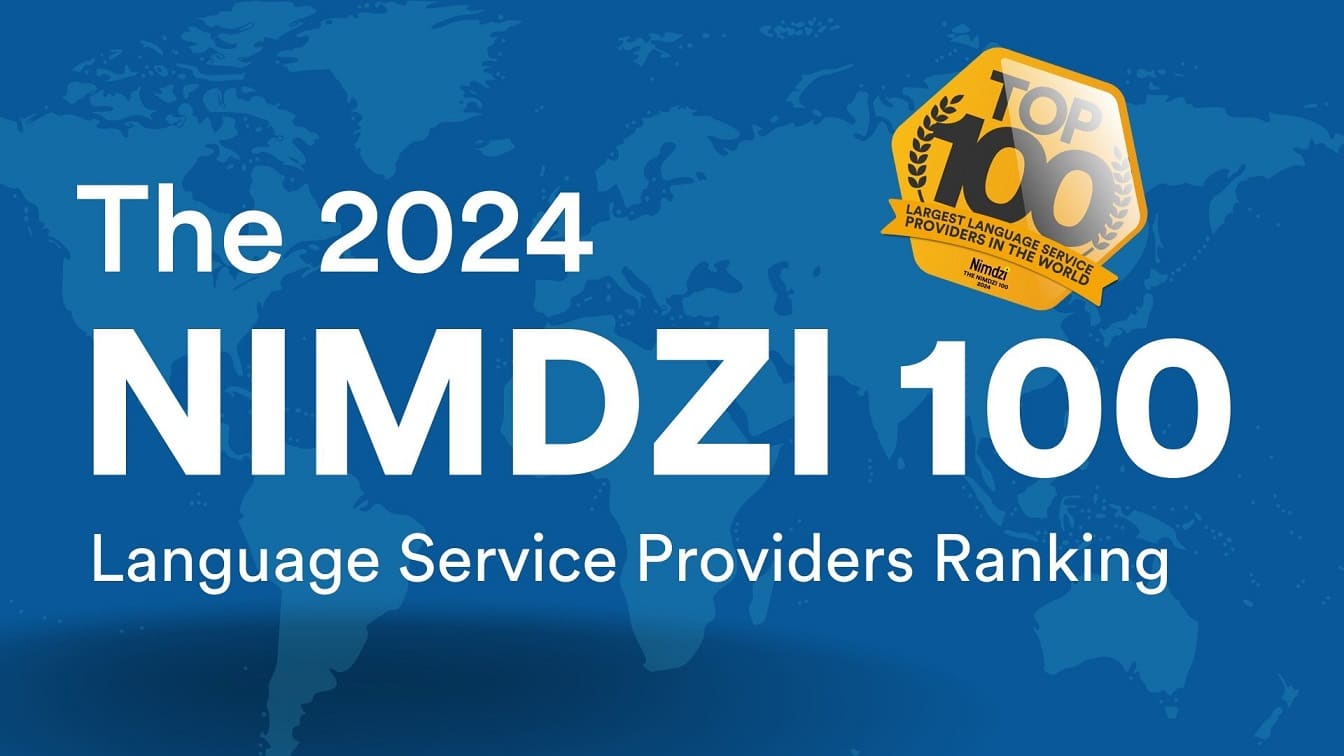This Thursday, May 16th, is the eighth Global Accessibility Awareness Day (GAAD).
Marked annually on the third Thursday of May, the goal of GAAD is to raise awareness of technology accessibility by starting the conversation, and getting people to think and learn about digital inclusivity and how it is impacted by disability.
Verbit & GAAD
At Verbit, we go beyond simply providing an AI-powered transcription and captioning solution. We are accessibility partners, and our technology plays a key role in enhancing each student’s individual learning journey.
Our mission is to bridge the accessibility gap with AI-enhanced transcription and captioning so that all students can engage with academic content and maximize their potential.
Because of this commitment, we are excited to announce that we are working to establish the framework for a disability scholarship. We believe that all students, regardless of ability or disability, have the right to not only have access to content but thrive in their academic environments. We’re undertaking this initiative to change the world of higher education for the better, and give deserving students the chance to achieve their academic goals. By working together to promote greater awareness and leveraging advanced technology to create a solution, we have the power to change peoples’ lives and open new doors through greater accessibility.
Disability in context
According to the U.S. Census Bureau, more than 56 million people in the United States alone are living with some kind of disability. This has a profound impact on virtually every aspect of a person’s life, including communication, work, school, and more.
The effect is especially significant in today’s increasingly digital world. According to a survey conducted by the Pew Research Center, disabled Americans are about three times as likely as those without a disability to say they never go online.
Think about how people retrieve information these days. The internet contains the answer to virtually every question that can be thought of. Therefore, a lack of digital accessibility represents a significant barrier for people with disabilities and negatively impacts quality of life.
The situation in higher education
Digital audio and video files are proliferating at a torrid pace. This is most apparent in the world of higher education, where recorded lectures and online learning have become the norm. For students who are deaf or hard of hearing, this new paradigm presents significant challenges in terms of accessibility.
With around 20,000 deaf and hard of hearing students attending post-secondary educational institutions each year, it’s estimated that there are close to 500,000 deaf and hard of hearing college students in the United States. Unfortunately, the graduation rate of these students remains significantly lower compared to the general population, with 25% completing their degrees, in contrast to 56% (Lang 2002, Aud et al. 2011).
It’s clear that audio and video files must be converted to text so that all students, regardless of their disability, can engage with the content. That’s where transcription and captioning comes into play.
How AI technology enables greater accessibility
Innovation for disability is innovation for everyone. When technology is developed to address the most complex of needs, it ends up benefiting the population at large.
In fact, many of the technologies that were initially developed for people with disabilities have gone on to become widely used by the general population. Designing with accessibility in mind means creating a product that is more intuitive, feature-rich and, ultimately, able to reach and impact more people.
AI enhances assistive technology by providing more sophisticated capabilities. When it comes to transcription and captioning, adaptive machine learning algorithms allow the technology to become smarter over time and pick up on commonly used terms, recognize various accents and vocabulary, and differentiate between speakers for the highest accuracy.
Going one step further, real-time captioning represents a leap towards greater accessibility and success for all in the higher education setting, particularly those who are deaf and hard of hearing. Providing full access to all course content and communication that takes place in the classroom allows students to participate in real-time and be fully engaged in a way that was previously not possible.
Aside from those with a hearing impairment, real-time captioning also benefits individuals who understand written language better than spoken. Individuals with autism, dyslexia, as well as those who are not native speakers of the language of instruction all gain from having access to a text-based version of classroom lectures.
For more information on how we can help you, feel free to contact us at accessibility@verbit.ai




